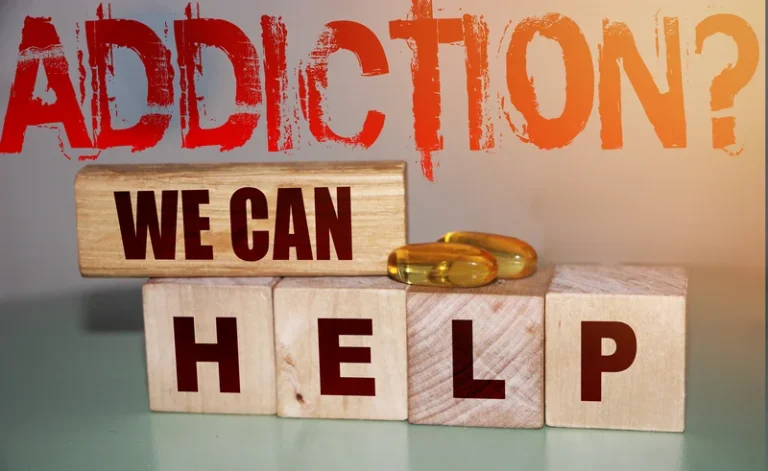
There are some diseases that affect the delicate balance of dopamine in the brain. Over time, the brain adapts to the excess dopamine, and it starts to produce less of it. It also reduces how many dopamine receptors are active in the body while increasing dopamine transporters, which carry dopamine to the spaces between brain cells. People with an alcohol addiction may start to consume more alcohol unconsciously, trying to boost their dopamine levels so they don’t feel so down.

Health Categories to Explore
When we engage in activities that our brain perceives as rewarding, such as eating delicious food, having sex, or experiencing the initial effects of alcohol, dopamine is released, creating feelings of pleasure and reinforcing the behavior. Over time, with more drinking, the dopamine effect diminishes until it’s almost nonexistent. But at this stage, a drinker is often “hooked” on the feeling of dopamine release in the reward center, even though they’re no Halfway house longer getting it. Once a compulsive need to go back again and again for that release is established, addiction takes hold. The length of time it takes for this to happen is case-specific; some people have a genetic propensity for alcoholism and for them it will take very little time, while for others it may take several weeks or months.
Cardiac Doctor Realizes He’s Having a Heart Attack After Comparing Symptoms to Patient He Had Just Helped
In addition to conditioned responding, the AB tasks employed in the current study also require attentional processes such as alerting, and orientating to stimuli, and executive control function processes relying on dopamine 85. Thus, the observed AB changes following P/T depletion reflect not only changes to dopamine transients 57 in response to conditioned cues 18, 19, https://ecosoberhouse.com/ but also changes to catecholamine systems involved in attention and cognitive control. While data suggest that P/T depletion affects dopamine more than norepinephrine 50, 58, 86, 87, changes to norepinephrine systems could contribute to the effects reported here. The dopaminergic neurons in the VTA are connected to the brain areas thought to mediate rewarding effects. Thus, the serotonin-dependent activation of these neurons could reinforce alcohol-drinking behavior.

Alcoholism Could Be Linked to a Hyper-Active Brain Dopamine System
- Serotonin plays a role in many brain processes, including regulation of body temperature, sleep, mood, appetite and pain.
- You may also receive treatment for depression at the same time, as it is one of the primary withdrawal symptoms.
- This study showed that patients receiving medication had higher rates of abstinence and improved on an array of health care outcomes.
- Thus, dopamine modulates the efficacy of signal transmission mediated by other neurotransmitters.
- In addition, researchers must investigate whether the effects of these drugs vary among subgroups of alcoholics (e.g., alcoholics with different drinking patterns or with co-occurring mental disorders).
Through this mechanism, dopamine modulates the neurotransmitter release that is induced by cellular excitation (i.e., neurotransmitter secretion). For example, activation of some extrasynaptic D2-family receptors can inhibit the release of dopamine itself, thereby reducing dopaminergic signal transmission. Because dopamine does not affect the activity of ion channels directly and therefore is unable to excite or inhibit its target cells, it often is not considered a neurotransmitter but is called a neuromodulator (Kitai and Surmeier 1993; Di Chiara et al. 1994). Thus, dopamine modulates the efficacy of signal transmission mediated by other neurotransmitters.
Disorders
According to a study by,62 a significant correlation was found with the GABRA1 genotype and Collaborative Study of the Genetics of Alcoholism (COGA) AD, history of blackouts, age at first drunkenness as well as the level of response to alcohol. The study concludes by stating that the efforts to characterize genetic contributions to AD may benefit by examining alcohol-related behaviors in addition to clinical AD. Alcohol interacts with several neurotransmitter systems in the brain’s reward and stress circuits. Following chronic exposure, these interactions in turn cause changes in neuronal function that underlie the development of alcoholism. The following text introduces some of the neural circuits relevant to AD, categorized by neurotransmitter systems. These neural circuits include the dopaminergic, serotoninergic, glutamatergic and GABAergic neural circuits.

Therefore, strategies that promote healthy dopamine function, such as engaging in rewarding activities, maintaining a balanced diet, and getting regular exercise, can contribute to overall brain health and potentially reduce the risk of substance use disorders. Sipping that cocktail might feel like pure bliss, but your brain’s dopamine dance tells a far more complex tale. The relationship between alcohol and dopamine, a crucial neurotransmitter in our brain’s reward system, is intricate and multifaceted. Understanding this connection is essential for grasping the full impact of alcohol on our brain chemistry and overall well-being.
The dopamine system and brain reward circuitry
- While a single drink may boost serotonin levels for a short time, the long-term effect of alcohol lowers serotonin levels.
- You may need treatment for long-term symptoms or an undiagnosed mental health condition.
- For example, recent evidence indicates that buspirone—an agent that binds to the 5-HT1A receptor and which is used as an anxiety-reducing (i.e., anxiolytic) medication—also increases the time of abstinence from heavy drinking (Litten et al. 1996; Pettinati 1996).
- For example, antagonists of the 5-HT3 and 5-HT1A receptors reduced alcohol ingestion in rodents (Litten et al. 1996; Pettinati 1996; DeVry 1995).
- More recently, the EMA granted authorization also for nalmefene, a compound intended for the reduction of alcohol consumption in adults with alcohol dependence (EMA 2012).
- He thus starts consuming more and more alcohol until a point comes when normal brain chemistry simply cannot function without alcohol.
Eventually, after three weeks of alcohol abstinence, the number of transporter and receptor sites decreased. does alcohol deplete dopamine This change meant that there was less dopamine available to bind to the receptor sites and more left unused. This created a hyper dopaminergic state, or one where the dopamine levels are higher than normal. But while having more dopamine may sound like a good thing, according to the study both hypo and hyper dopaminergic states put abstinent drinkers at risk of relapse. This phenomenon is known as the hedonic treadmill, keeping us metaphorically “running” to keep up with our new baseline level of pleasure — known as the hedonic setpoint. Without alcohol, our dopamine levels (and hedonic setpoint) remain at a healthy baseline.
